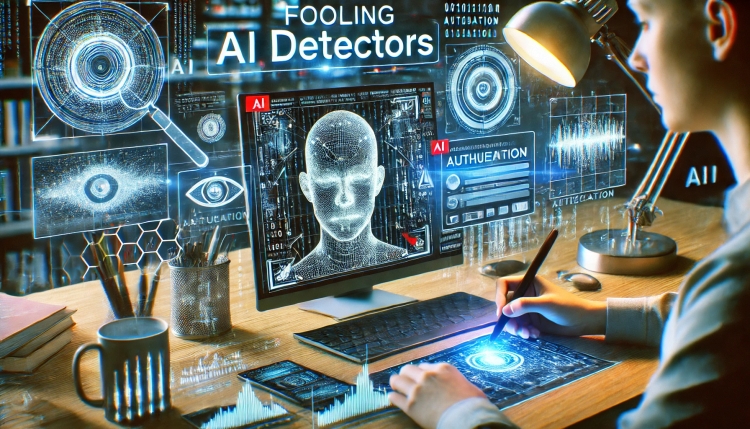AI Detectors vs. Plagiarism Checkers: What’s the Difference?
An AI detector is a tool designed to determine whether a piece of text was written by a human or generated by artificial intelligence,

In the digital era, content originality and authenticity are crucial for students, educators, writers, and businesses alike. Two powerful tools have emerged to help maintain content integrity: AI detectors and plagiarism checkers. While they may seem similar, they serve distinct purposes. Understanding their differences can help individuals and organizations choose the right tool for their needs.
What is an AI Detector?
An AI detector is a tool designed to determine whether a piece of text was written by a human or generated by artificial intelligence, such as ChatGPT, GPT-4, or other language models. These detectors analyze linguistic patterns, sentence structures, and predictive probabilities to assess AI-generated content.
How AI Detectors Work
AI detectors use various techniques to identify machine-generated text, including:
-
Perplexity Analysis – Measures how predictable the text is; AI-generated content often has a lower perplexity score.
-
Burstiness Measurement – Evaluates the variation in sentence structure and complexity, as AI-written content tends to be more uniform.
-
Probability Assessments – AI models rely on probabilistic word selection, which AI detectors can identify.
When to Use AI Detectors
AI detectors are useful in situations where content originality and human creativity are essential:
-
Educational Institutions – To ensure students submit their own work instead of AI-generated essays.
-
Content Creation Agencies – To verify that human writers are producing content rather than relying solely on AI.
-
Publishing and Journalism – To maintain the authenticity and credibility of published articles.
What is a Plagiarism Checker?
A plagiarism checker is a tool that scans text against a vast database of existing online and offline content to identify duplicated or unoriginal material. It helps writers and businesses avoid copyright infringement and maintain ethical writing practices.
How Plagiarism Checkers Work
Plagiarism checkers function by:
-
Comparing Text Against Online Databases – They scan web pages, academic papers, books, and more to find exact or paraphrased matches.
-
Highlighting Matching Content – They generate a similarity report showing duplicated sections and their original sources.
-
Providing a Plagiarism Score – Many tools give a percentage indicating how much of the content is plagiarized.
When to Use Plagiarism Checkers
Plagiarism checkers are essential for:
-
Students & Educators – To ensure academic integrity in assignments and research papers.
-
SEO & Content Writers – To create unique, search-engine-friendly articles.
-
Businesses & Legal Professionals – To avoid copyright violations in reports, advertisements, and documents.
Which Tool Should You Use?
If your concern is AI-generated content, then an AI detector is the right choice. However, if you want to ensure content originality and avoid plagiarism, a plagiarism checker is the best tool. In many cases, using both can be beneficial—especially for academic institutions, publishers, and SEO professionals.
Conclusion
Both AI detector and plagiarism checkers serve important but distinct roles in maintaining content integrity. AI detectors help identify machine-generated text, while plagiarism checkers prevent unintentional or deliberate copying. As AI technology continues to evolve, leveraging these tools will be essential in maintaining ethical and original writing across industries.
What's Your Reaction?

















.jpg)